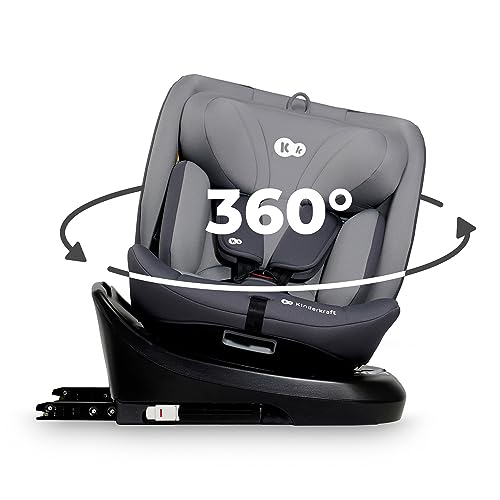Prams and Pushchairs for Newborns: A Comprehensive Guide
When it comes to preparing for a brand-new baby, selecting the ideal pram or pushchair is an important task for expectant moms and dads. With a myriad of choices offered, making an informed decision is necessary for both security and benefit. This short article intends to supply extensive insights into prams and pushchairs, focusing on the unique needs of newborns.
Understanding Prams and Pushchairs
Before diving into specifics, it is essential to clarify the distinctions in between prams and pushchairs.
- Prams: Typically developed for babies, prams have a flat, totally reclined position suitable for newborns. They often include a large canopy and a carrycot, which offers a safe and comfy area for the baby.
- Pushchairs: These are more flexible and can typically be changed to accommodate growing kids. Modern pushchairs frequently have convertible seating alternatives, permitting an upright or reclined position, however they might not appropriate for newborns without extra support.
Both alternatives are created to offer convenience for the kid and benefit for the caregiver, however selecting the best one depends upon different elements.
Aspects to Consider When Choosing a Pram or Pushchair for Newborns
Selecting a pram or pushchair involves examining numerous essential elements:
- Safety Standards: Prioritize products that satisfy nationwide and worldwide safety requirements. Try to find functions such as protected harness systems, durable frames, and the lack of dangerous materials.
- Convenience: A well-padded seat and adjustable reclining positions are vital for a newborn's convenience. The padding ought to be soft and breathable to avoid overheating.
- Weight and Portability: For ease of use, consider the weight of the pram or pushchair. Lightweight designs are much easier to maneuver and save, however ensure they don't jeopardize on stability.
- Versatility: Many prams and pushchairs are created to adjust as your kid grows. Some designs can convert from a pram to a pushchair and include automobile seat attachments.
- Storage Capacity: Check for a basket or storage compartment to accommodate diaper bags and other basics. Ample storage is particularly essential for trips.
- Maneuverability: A great pram or pushchair should be easy to steer and browse in tight spaces. Search for features such as swivel wheels that accommodate turns and uneven surfaces.
- Weather Protection: A sunshade or rain cover is useful to secure your baby from adverse weather condition conditions. Make sure these features are simple to release and withdraw.
- Design and style: While practicality is the main concern, lots of moms and dads appreciate stylish designs. Select a color and fabric that matches your individual taste.
Types of Prams and Pushchairs
Here is a breakdown of common types of prams and pushchairs readily available on the marketplace:
| Type | Description | Ideal For |
|---|---|---|
| Conventional Prams | Carrycot design with a concentrate on convenience and security for infants. | Newborns as much as 6 months |
| Travel Systems | Integrates a stroller with a safety seat for smooth shifts. | Moms and dads on-the-go |
| Light-weight Strollers | Compact and easy to fold, ideal for city dwellers. | Taking a trip families |
| Jogging Strollers | Designed with durable wheels for easy maneuvering on numerous surfaces. | Active households |
| Convertible Strollers | Adapts from a pram to a stroller as the baby grows. | Long-term usage |
Top Recommended Prams and Pushchairs for Newborns
Selecting from readily available alternatives can be intimidating. Here are some popular models that consistently receive full marks:
- Bugaboo Bee5: Known for its excellent maneuverability and lightweight frame.
- Silver Cross Wave: A high-quality, versatile option that can transform as your baby grows.
- Uppababy Vista: Offers comprehensive storage and can accommodate several children as a stroller.
- Chicco Bravo Quick-Fold: Features a simple one-hand fold and appropriates for newborns when used with a compatible safety seat.
- Baby Jogger City Mini GT2: Combines robust functions with portability for active households.
FAQs
Q: What is the difference between a carrycot and a pushchair seat?A: A carrycot is flat and developed particularly for newborns, enabling them to lie flat, whereas a pushchair seat is normally more upright and can be adjusted. Q: At what age can my baby transition
from a pram to a pushchair?A: Generally, babies can shift to a pushchair when they can sit up unassisted, generally around 6 months old, but constantly describe the manufacturer's guidelines. Q: Are there prams and pushchairs that offer safety seat compatibility?A: Yes, numerous travel systems provide compatibility with infant safety seat, making it simple to shift from vehicle to pram without troubling your baby. Q: How typically need to I check safety features?A: Regularly examine harness systems, wheel locks, and the frame for wear or damage to guarantee continuous security for your child
. Learn Alot more : What must I try to find in terms of guarantee and support?A: Choose a pram or pushchair that offers a substantial warranty period, which can differ from brand to brand, and look for consumer
assistance options in case of issues. Picking the ideal pram or
pushchair for a newborn is a decision that needs cautious idea and factor to consider. Understanding the distinctions in between prams and pushchairs, evaluating their features, and comparing
numerous designs empower moms and dads to make the very best option for their child. By investing time in research and referencing the information offered, brand-new moms and dads can make sure that their baby experiences convenience and safety during their outings, leading the way for satisfying experiences together in the years to come.

